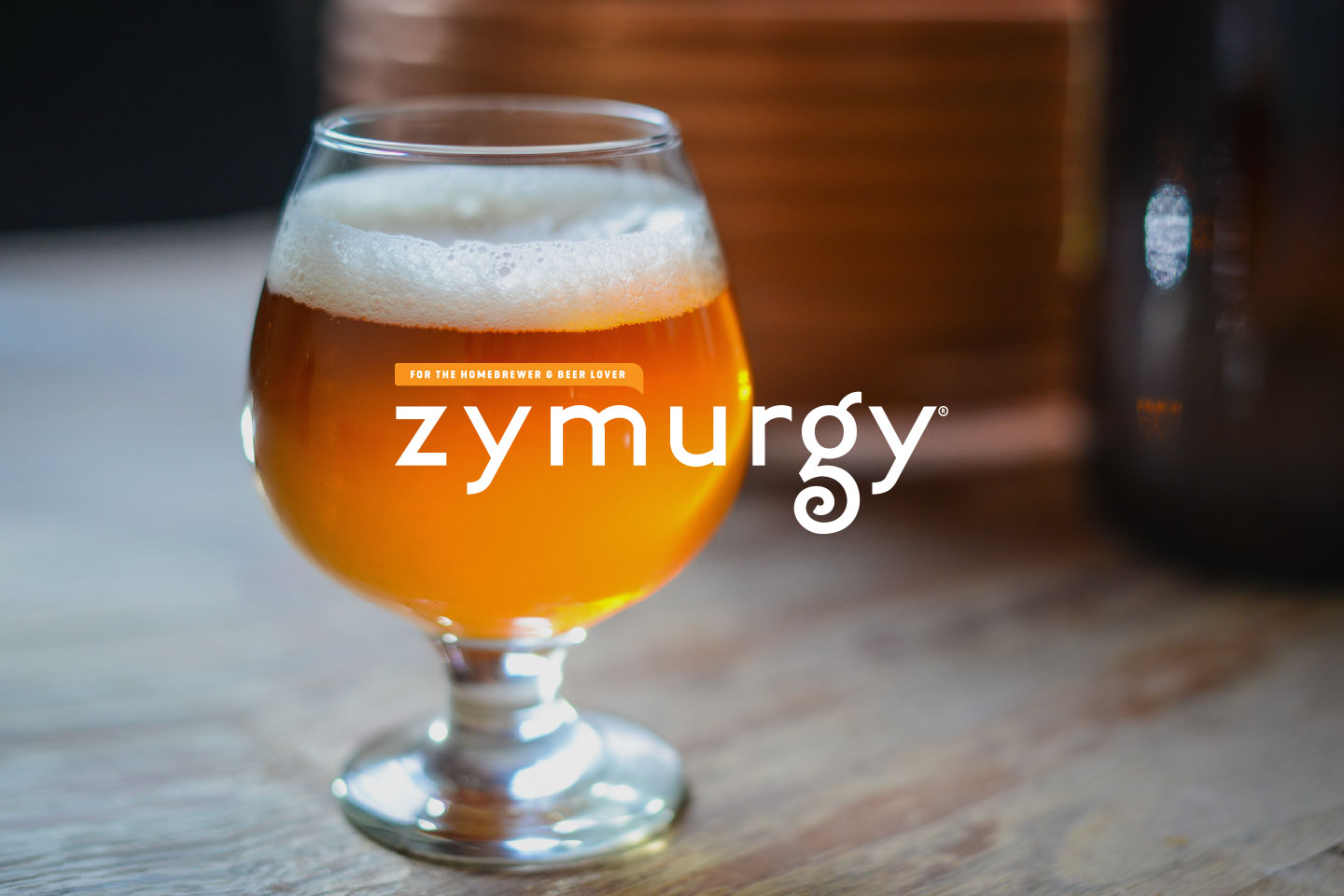
Mead: Party Like It’s 1949
In an extended World of Worts column, Charlie Papazian gathers some friends in England to taste 60-year-old meads, with some surprising results. Here are his tasting notes.
Peruse pairings, learn how to make beer, cider, mead, kombucha, and other alternative fermentations, get DIY tutorials, and much more in our archives.

In an extended World of Worts column, Charlie Papazian gathers some friends in England to taste 60-year-old meads, with some surprising results. Here are his tasting notes.

The award-winning brewmaster of Firestone Walker offers his perspective on how to get more hop character into your beer without necessarily adding more hops.

More than 950 homebrewers converged in Cincinnati for the American Homebrewers Association’s National Homebrewers Conference June 19-21.

Meet the big winners of the American Homebrewers Association’s National Homebrew Competition and try your hand at brewing the winning recipes from 28 categories.

An award-winning homebrewer shares his perspective on two different approaches to the homebrewing craft, and how he managed to find a happy medium.

The brewing director of Fuller, Smith and Turner in England shares the secrets to brewing a great Extra Special Bitter, plus the recipe for Fuller’s ESB.

The results are in! Find out what Zymurgy readers think are the best beers – and the best breweries – in America in our sixth annual survey, then try your […]

Most homebrewers know the basic water quality issues and solutions for tweaking their water for optimal brewing. The final frontier in brewing is residual alkalinity.

Have you ever made the perfect beer your friends raved about – and then remade it and it was not nearly the same? This happened with a tripel, for surprising reasons.

This great hobby combines compressed gas, boiling fluids, glass, electricity, alcohol and flame – whatever could go wrong? Just about everything, it seems.
Share Post